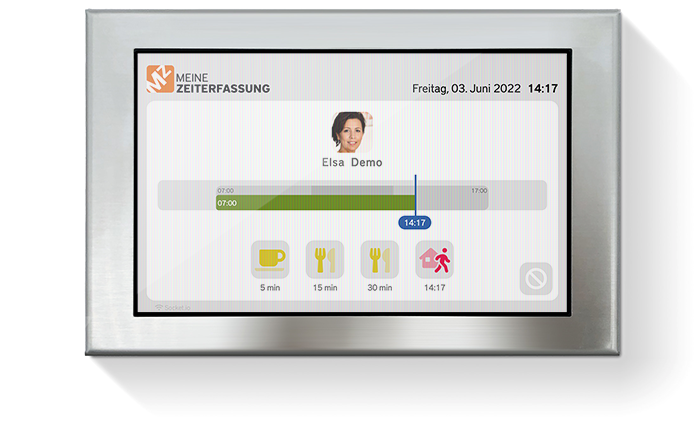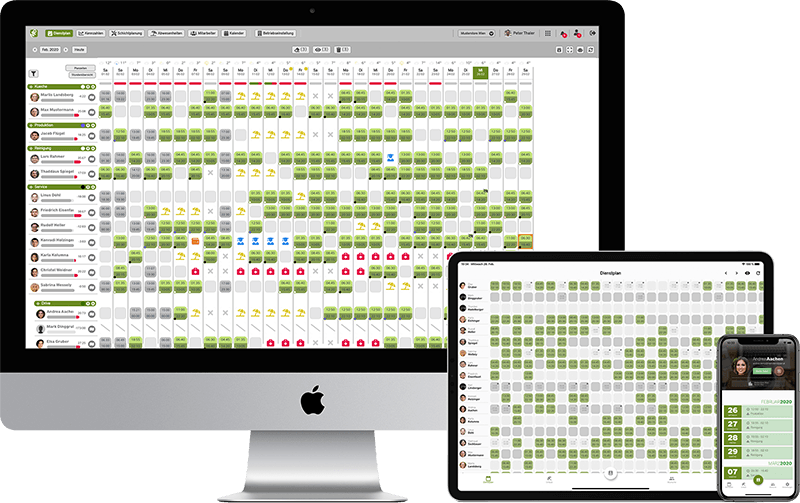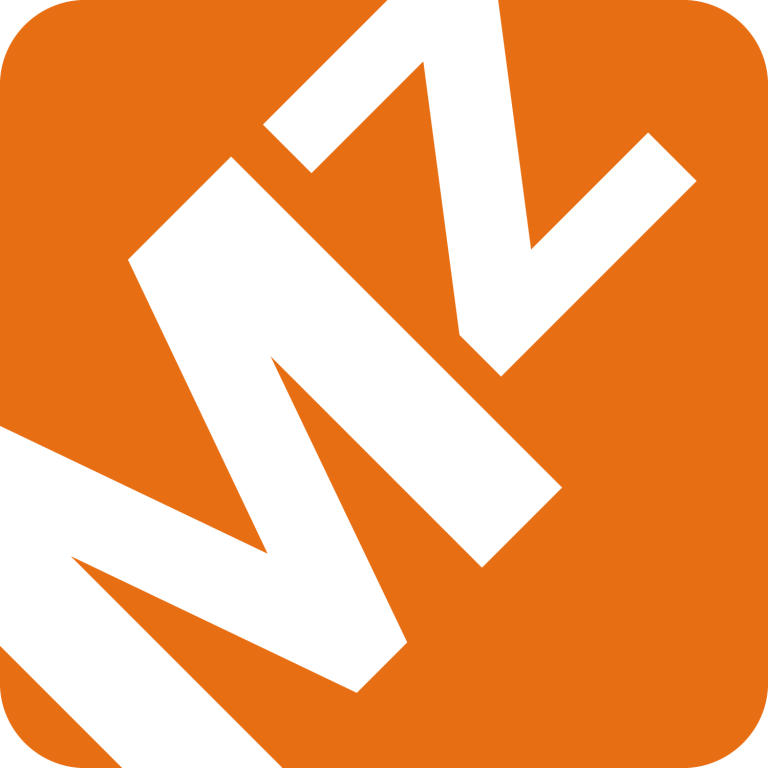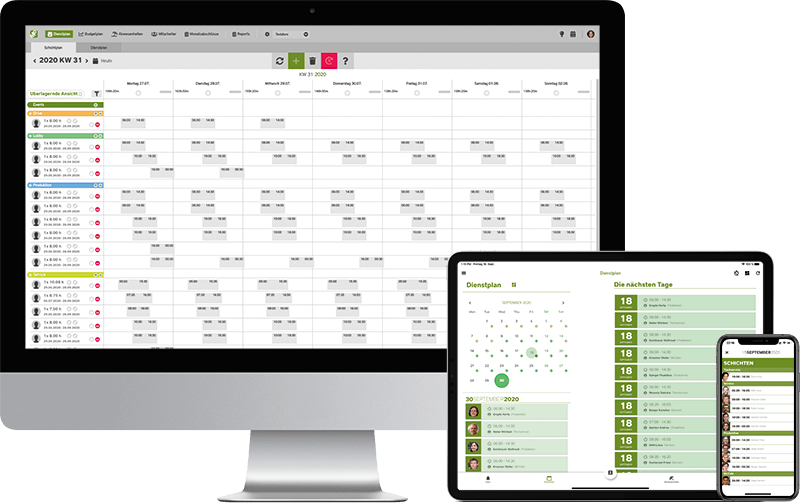LEGAL SITUATION REGARDING THE RECORDING OF WORKING TIME
EUGH JUDGMENT
On May 14, 2019, the European Court of Justice issued a landmark ruling that obliges companies to record the working hours of their employees. This ruling was preceded by a lawsuit filed by a Spanish trade union, which demanded the installation of a time recording system for the employees of a German bank. Only in this way would it be possible to check the applicable working time laws and thus assert the rights of the employees. According to the ECJ, the recording of working time must be tamper-proof and reliable, and both the employer and the employee must have access to the data in order to ensure that both parties have the opportunity to report and prove any violations to the competent authorities.LEGAL SITUATION AUSTRIA
In Austria, there was already an obligation to record working time before the ECJ ruling, and this is currently regulated as follows:- The duty to record lies in principle with the employer
- Records must be kept for 1 year (2 years for juveniles)
- The record must show the daily working time, daily rest period, weekly working time and weekly rest period.
- The employer can delegate the recording obligation to the employee by providing a time recording system in the company.
LEGAL SITUATION GERMANY
In Germany, there is also an obligation to keep records, but these do not have to be as detailed:- Times exceeding the daily working time of 8 hours must be recorded
- Many companies operate on the basis of a trust-based working time arrangement
- Low-income employees or industries under the Undeclared Work Act must keep a complete time record
- Regardless of the records, the statutory rest periods must always be observed
- If a time recording system is used, this is usually done on the basis of collective bargaining agreements or the company's own specifications.
Act proactively
The best recommendation for employers is to be proactive. As early as February 2020, a commercial employee sued for payment of 1,000 hours of overtime, claiming these hours with records she had kept herself. The company applied trust-based working hours, so records did not have to be kept. The plaintiff was proven right and the Emden Labor Court ruled that employers are already obligated to set up an objective system for recording working hours. Employers are therefore well advised to proactively address the issue of time recording, even if the legal situation does not yet make it mandatory.SOLUTIONS
Many companies still rely on manual recording of working hours on paper or in lists and avoid the introduction of a digital system. Often for reasons such as a lack of trust or simply because of an unwillingness to change long-established processes. These manual records are inflexible, error-prone and no longer up to date.
MEINEZEITERFASSUNG is a smart, digital solution that can be used both stationary in the form of a fixed terminal or tablet, as well as mobile in the employee app. In addition, the digital management of working time accounts can be used as a basis for other processes, such as simplified data transfer to payroll accounting, thus saving costs.
SOLUTIONS FOR TIME RECORDING
Security and authentication
A core element of smart time recording is a state of the art authentication, i.e. the secure determination of the identity of the person who wants to record a time. Essentially, there are 3 common ways to achieve this:
- by proof of information/knowledge: PIN code, password
- by a possession: Key, smartphone
- by a biometric feature: fingerprint, facial recognition
Each of these options has advantages and disadvantages, a particularly high level of safety can be achieved by combining several verifications.
MEINEZEITERFASSUNG offers different ways for employees* to authenticate themselves.
The simplest variant is the login with apersonal PIN code (authentication through knowledge). Since the PIN code must be entered directly at the time clock terminal, it is ensured that the employees can only record working times in the company.
However, the PIN can theoretically be passed on to others, which is why the system offers an additional, very secure variant with registration via QR code scan. Here, the employee proves his identity via a possession in the form of his smartphone, with which he scans the QR code at the stamp terminal with the MEINDIENSTPLAN app logged in. The QR code is renewed automatically at short intervals, making it useless to photograph and pass on the code.
Another option is to record the working time directly in the employee app, provided the employee is already at work. In this case, verification takes place via GPS. A special feature of working time recording via the app is that the employer can store individual GPS locations for the start and end of the shift for each planned shift. Compared to stationary time clock terminals, this method is therefore also suitable for temporary shifts in other companies or for field service employees.
ADVANTAGES
Legal certainty
By using digital workforce planning in combination with SMART time recording, you ensure compliance with labor laws, maximum working hours and required rest breaks. You also benefit from high data integrity through targeted access management via user rights. This means that not every employee can correct working times at will, but only authorized supervisors.
Transparency
Employers and employees can view recorded working times at any time in the MEINDIENSTPLAN app. All corrections made to stamped times are logged in full and can therefore be easily traced. The regular control and correction of times, as well as the transparency towards the employee, reduce unexpected subsequent complaints. Overtime and overtime are also recorded and must be checked, justified and confirmed by an authorized supervisor.


ADVANTAGES OF A SMART TIME RECORDING
Employee satisfaction
MEINEZEITERFASSUNG allows you to record the satisfaction of your employees directly after the end of their shift. This feedback automatically flows back into the duty scheduling and can be used there to optimize your planning.
Efficiency through digitization
The administrative effort on the side of operations as well as the effort of communication between individual departments is significantly reduced by smart digital systems and thus saves you operating costs month after month. You don't have to worry about maintenance and security updates of the services - the MEINDIENSTPLAN team takes care of that, as well as ongoing adjustments of the services to new legal requirements, e.g. due to changes in collective bargaining agreements. The system is therefore always up to date.
Interfaces
Recorded working times automatically flow back into duty scheduling and are used there to calculate the daily working time balances. In addition, all times and non-working times can be passed on to payroll accounting in machine-readable format. You can create detailed reports at any time at the push of a button.
Optimized time correction
Scheduled shifts from MEINDIENSTPLAN are automatically synchronized to the punch terminal. This ensures that employees can only record their time within the scope of their scheduled working hours. Times recorded within defined tolerance ranges are considered correct by the system. Only missing clocking-in times or breaks as well as times outside the tolerances lead to corrections, which must be checked and corrected by the respective supervisor.





